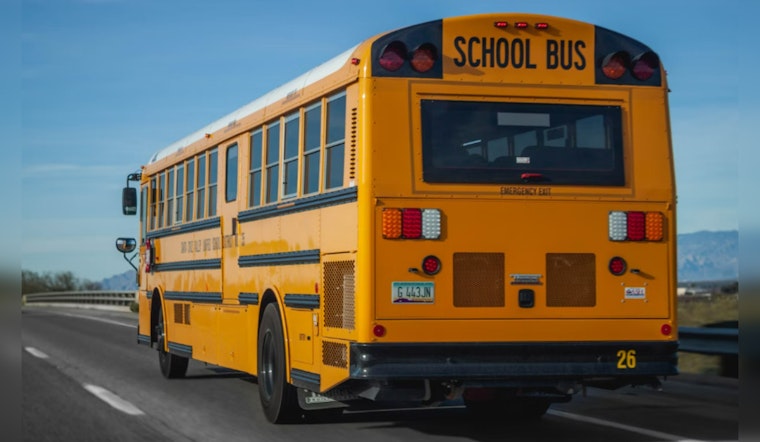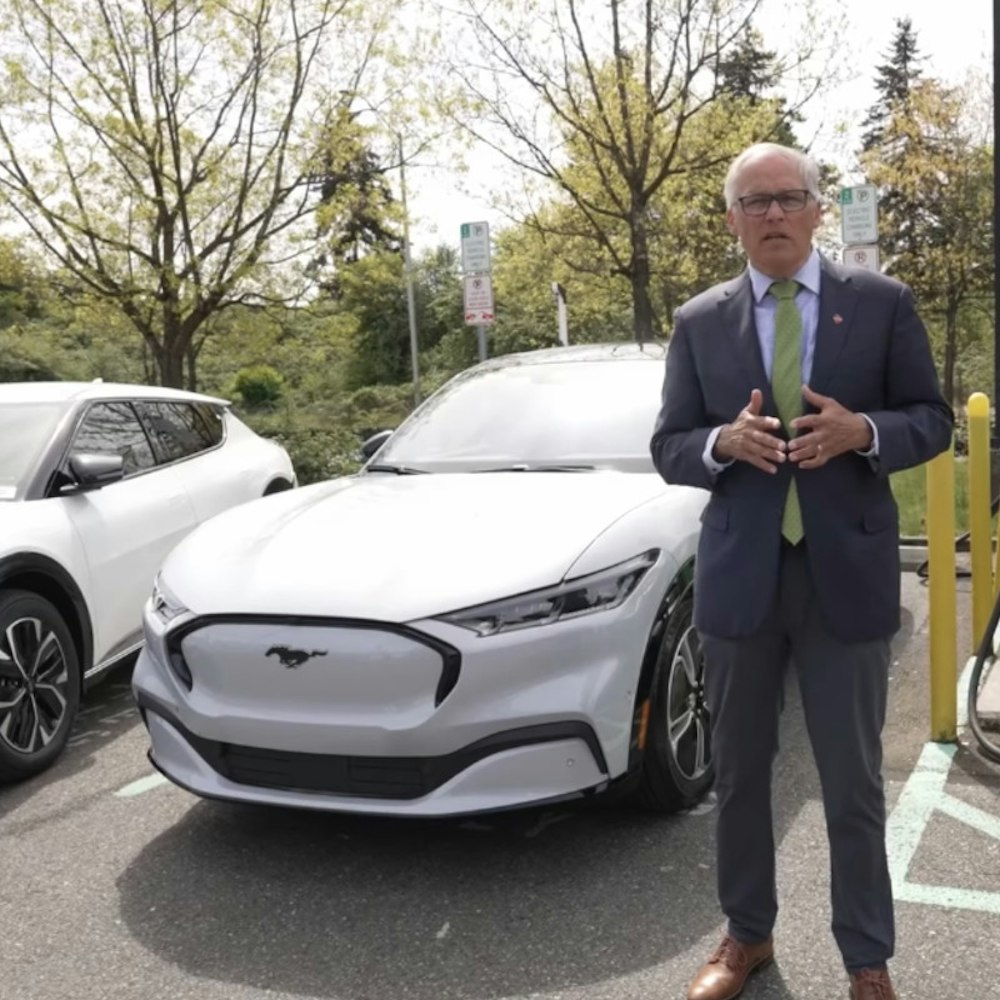
In the tragic aftermath of a Bastrop school bus collision that robbed the lives of a kindergartener and a local man, the issue of seat belt-equipped school buses has careened into the spotlight, revealing a statewide deficit in child transportation safety. Last Friday's accident claimed the lives of five-year-old Ulises Rodriguez Montoya and 33-year-old Ryan Wallace, as FOX San Antonio reports a cement truck driver lost control, veering into the bus carrying young students. The grave incident has prompted a closer examination of Texas school buses' seat belt availability, and the findings profess a troubling inconsistency across districts.
While the innocence of childhood and schooltime journeys once melded seamlessly, the stark absence of seat belts in many of Texas' school buses casts a shadow over what should be carefree passages, the reality that such a common-sense precaution is not ubiquitous is now a burden of worry for families and school officials alike, as classes at Ulises's elementary school press on, with efforts to provide financial support to the affected families underway. The bus involved in the accident – a 2011 model – predates a 2017 Texas law that requires seating restraints, affording a glimpse into the gaps that lie between legislation and legacy fleets. As per FOX San Antonio, Peter Kurdock from Advocates for Highway and Auto Safety emphasizes the "research and study and after study that shows the that the safety benefits of having these belts in these buses."
Despite the common knowledge that belts save lives, a survey of San Antonio-area school districts revealed a patchwork of compliance, with Alamo Heights ISD reporting only 31% of its buses are equipped with seat belts; North East ISD follows with 27%. Northside ISD leads with better, but still not universal, adoption at 58%, and Somerset ISD only just enters the race, with a single bus fitted with restraints. However, the San Antonio ISD sets a benchmark, as it boasts a fleet where "every single school bus has seatbelts," achieving a standard of safety that the rest heed, Nathan Graf, San Antonio ISD's Senior Executive Director of Transportation, credited state laws as the impetus for their decisive action: "We made a conscious decision in 2017, That going forward, every new purchase would have either integrated car seats, or you know, the three-point seat belts that's required," Graf told FOX San Antonio.
This disparity amongst districts stems, in part, from an exception to the seat belt law that allows districts to opt-out if they are financially constrained, a decision that must be reached through a public vote; Graf acknowledged that getting their fleet up to code was enabled by grant funds, "We're able to cover that cost of the additional costs for the seat belts," but as districts aim to retrofit or phase out older buses, the cost becomes a roadblock, NEISD is in the process of phasing out old bus models, slowly turning the wheels on their road to a safer future for students, and drivers alike find solace in safety, as Graf shares, "Our drivers look at all of our kids as their babies." In this landscape where tragedy has once again underscored the urgency of equipping school buses with seat belts; it appears that the route to full compliance is both a financial and emotional journey, as stakeholders navigate the challenging terrain of policy, budget, and above all, the unwavering commitment to children's safety.








